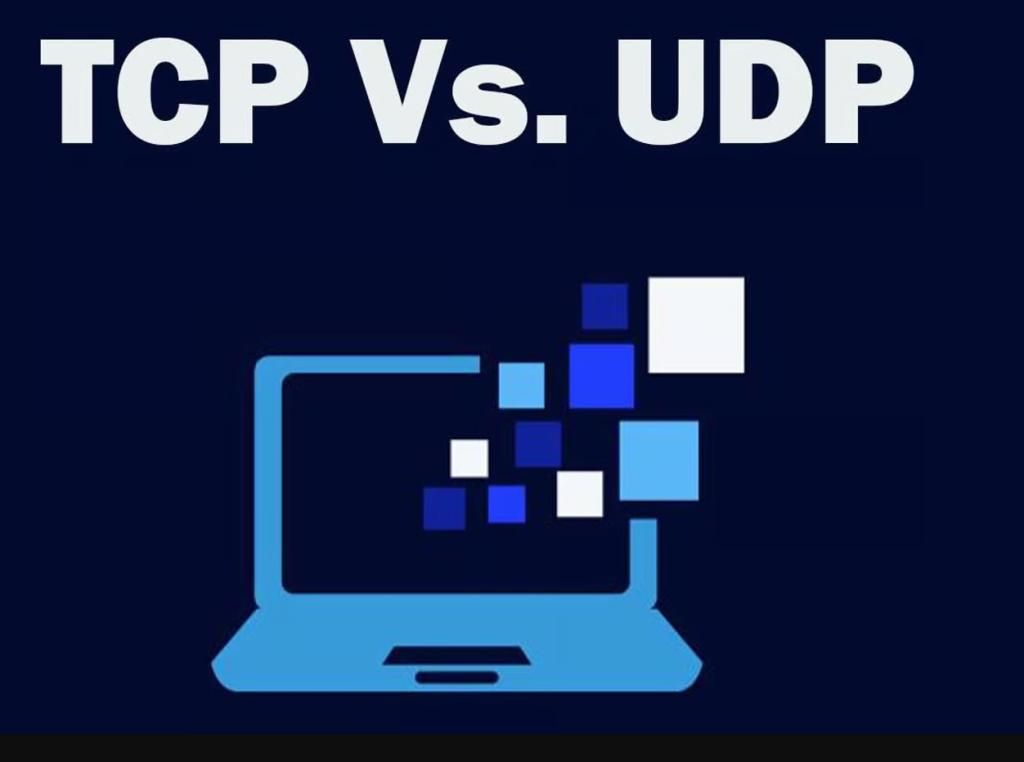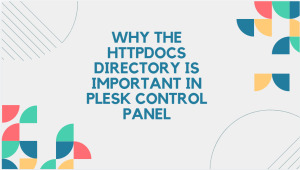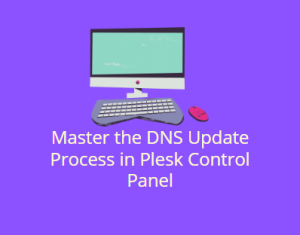
In the vast world of networking protocols, UDP, or User Datagram Protocol, stands out for its simplicity and speed. This guide delves into the intricacies of UDP, exploring its features, advantages, and the specific scenarios where it excels.

Table of Contents
Introduction to User Datagram Protocol (UDP)
User Datagram Protocol (UDP) is one of the core protocols of the Internet Protocol (IP) suite. Defined by RFC 768 in 1980, UDP is a connectionless protocol that facilitates the transmission of datagrams between devices in an IP network. Unlike its counterpart, the Transmission Control Protocol (TCP), UDP does not guarantee the delivery, order, or integrity of the data packets.

Key Features of UDP

1. Connectionless Communication
User Datagram Protocol operates on a connectionless model, meaning that data is sent from one endpoint to another without establishing a formal connection. This model reduces the overhead associated with maintaining a connection state, leading to faster data transmission.
2. Minimal Overhead
UDP headers are significantly smaller compared to TCP headers. A UDP header is only 8 bytes long, containing just the essential information required for data transmission: source port, destination port, length, and checksum. This minimal overhead makes UDP suitable for applications where speed is critical.
3. Unreliable Delivery
User Datagram Protocol does not guarantee the delivery of data packets. If a packet is lost or arrives out of order, UDP does not provide mechanisms for retransmission or reordering. This “best-effort” delivery approach is suitable for applications where occasional data loss is acceptable or where timeliness is more important than accuracy.
4. No Congestion Control
Unlike TCP, which adjusts its transmission rate based on network congestion, UDP does not implement any congestion control mechanisms. This feature allows for continuous data flow without interruptions, which can be crucial for real-time applications.
5. Stateless Protocol
Each User Datagram Protocol (UDP) packet, known as a datagram, is treated independently. There is no requirement for maintaining session state or tracking previous packets, which simplifies the protocol and reduces resource usage.
6. Application Layer Flexibility
UDP gives more control to the application layer, allowing developers to implement custom error handling, retransmission strategies, and data integrity checks if necessary. This flexibility is beneficial for specialized applications with unique requirements.
How UDP Works
User Datagram Protocol (UDP) functionality revolves around the transmission of datagrams. Here’s a step-by-step overview of how it works:
- Packet Construction: The sender constructs a UDP packet with the required data payload. The header is added, containing the source port, destination port, length of the packet, and a checksum for basic error detection.
- Transmission: The packet is sent to the recipient’s IP address. Since UDP is connectionless, the sender does not need to establish a connection or await an acknowledgment from the recipient.
- Reception: The recipient receives the packet. It checks the header for any errors using the checksum. If errors are detected, the packet is discarded. Otherwise, the data is passed to the application layer.
- Application Processing: The application layer processes the received data according to the specific requirements of the application.
Use Cases of User Datagram Protocol (UDP)
User Datagram Protocol (UDP) is ideal for applications where speed and efficiency are paramount, and occasional data loss is acceptable. Some common use cases include:

1. Streaming Media
Video and audio streaming applications, such as
Netflix, YouTube, and Spotify, often utilize UDP. These applications prioritize real-time data delivery over perfect accuracy. Minor packet losses do not significantly impact user experience, and the low overhead and high speed of UDP ensure smooth playback.
2. Online Gaming
Multiplayer online games require quick data transmission to ensure real-time interaction. Games like Fortnite, Call of Duty, and League of Legends use UDP to send game state updates between players. Speed and low latency are crucial, and slight packet loss is preferable to the delays caused by retransmission.
3. Voice over IP (VoIP)
VoIP services like Skype, Zoom, and WhatsApp calls use UDP to transmit voice data. Real-time communication is essential, and minor data loss can be tolerated as it might only cause brief audio artifacts, which are often imperceptible.
4. DNS Queries
The Domain Name System (DNS) uses UDP for query transmissions. DNS queries are typically small and involve a single request and response, making the low overhead of UDP ideal. If a query fails, the application can simply resend it.
5. Tunneling and VPNs
Protocols like OpenVPN can use UDP to encapsulate encrypted data, benefiting from the protocol’s efficiency. The reduced latency and overhead make UDP suitable for establishing fast and secure connections.
Advantages of User Datagram Protocol (UDP)
1. Low Latency
User Datagram Protocol (UDP) is minimal overhead and connectionless nature contribute to lower latency, making it ideal for real-time applications.
2. Simplified Communication
The stateless nature of User Datagram Protocol (UDP) simplifies communication by removing the need for connection establishment, maintenance, and termination.
3. High Throughput
Without the congestion control mechanisms of TCP, UDP can achieve higher throughput in scenarios where network conditions are stable.
4. Flexibility for Developers
Developers can implement custom mechanisms for error handling and retransmission, tailoring the communication process to the specific needs of their applications.
Disadvantages of UDP
1. Unreliable Transmission
The primary drawback of User Datagram Protocol (UDP) is its lack of reliability. Packet loss, duplication, and out-of-order delivery are not handled by the protocol itself.
2. Lack of Congestion Control
User Datagram Protocol (UDP) is absence of congestion control can lead to network congestion if applications do not implement their own mechanisms, potentially degrading network performance.
3. No Flow Control
UDP does not provide flow control, meaning that the sender can overwhelm the receiver with data faster than it can process, leading to packet loss.
Comparing UDP and TCP
While both UDP and TCP are used for data transmission in IP networks, they serve different purposes and have distinct characteristics:

- Connection Establishment: TCP establishes a connection using a three-way handshake before data transmission, ensuring reliability. UDP does not establish a connection, providing faster transmission at the cost of reliability.
- Reliability: TCP guarantees delivery, order, and integrity of data through acknowledgments and retransmissions. UDP does not provide these guarantees, leading to potential data loss or duplication.
- Overhead: TCP headers are larger, containing additional information for connection management and error control. UDP headers are smaller, leading to lower overhead.
- Use Cases: TCP is suitable for applications requiring reliable data transfer, such as file transfers, web browsing, and email. UDP is ideal for real-time applications where speed is critical, and some data loss is acceptable.
Enhancing UDP with Custom Protocols
To mitigate UDP’s drawbacks, developers often implement custom protocols on top of UDP, adding features such as reliability, flow control, and congestion control. Examples include:
1. Reliable UDP (RUDP)
RUDP adds reliability features to UDP
by incorporating mechanisms for acknowledgments and retransmissions. This hybrid approach combines the speed of User Datagram Protocol (UDP) with the reliability of TCP, making it suitable for applications that need both performance and data integrity.
2. QUIC (Quick UDP Internet Connections)
Developed by Google, QUIC is a transport layer network protocol that runs over UDP. QUIC offers features like connection multiplexing, improved congestion control, and faster handshake processes. It is designed to reduce latency and improve the performance of web applications, with many of its features now being integrated into HTTP/3.
3. SCTP (Stream Control Transmission Protocol)
Although not built directly on top of UDP, SCTP provides a middle ground between TCP and UDP. It supports multi-streaming, which allows multiple message streams within a single connection, reducing the chance of blocking due to message loss. SCTP also offers reliable transmission and congestion control, making it suitable for applications like telephony and media streaming.
Security Considerations with UDP
UDP’s simplicity and lack of connection state also make it vulnerable to certain security issues. Some common security concerns include:
1. User Datagram Protocol (UDP) Flood Attacks
Attackers can exploit the connectionless nature of UDP to overwhelm a target system with a flood of packets, leading to Denial of Service (DoS) attacks. Implementing rate limiting and monitoring traffic patterns can help mitigate these attacks.
2. Packet Spoofing
Without a handshake process, UDP is more susceptible to packet spoofing, where attackers send packets with forged IP addresses. Network security measures, such as deep packet inspection and IP address verification, are necessary to combat spoofing.
3. Lack of Encryption
UDP does not inherently provide encryption, making transmitted data vulnerable to interception and tampering. Applications requiring secure data transmission should use additional protocols like DTLS (Datagram Transport Layer Security) or VPNs to encrypt UDP traffic.
Conclusion
User Datagram Protocol (UDP) is a fundamental networking protocol that offers speed and efficiency, making it suitable for various real-time applications. Its connectionless nature, minimal overhead, and flexibility provide significant advantages, particularly in scenarios where rapid data transmission is critical, and occasional data loss is acceptable. However, its lack of reliability, congestion control, and security features requires careful consideration and often the implementation of additional protocols and mechanisms to ensure robust and secure communication.
Understanding the strengths and limitations of UDP enables developers and network engineers to make informed decisions about when and how to use this protocol effectively. Whether enhancing media streaming services, enabling fast-paced online gaming, or ensuring real-time communication, UDP remains a vital tool in the modern networked world.





